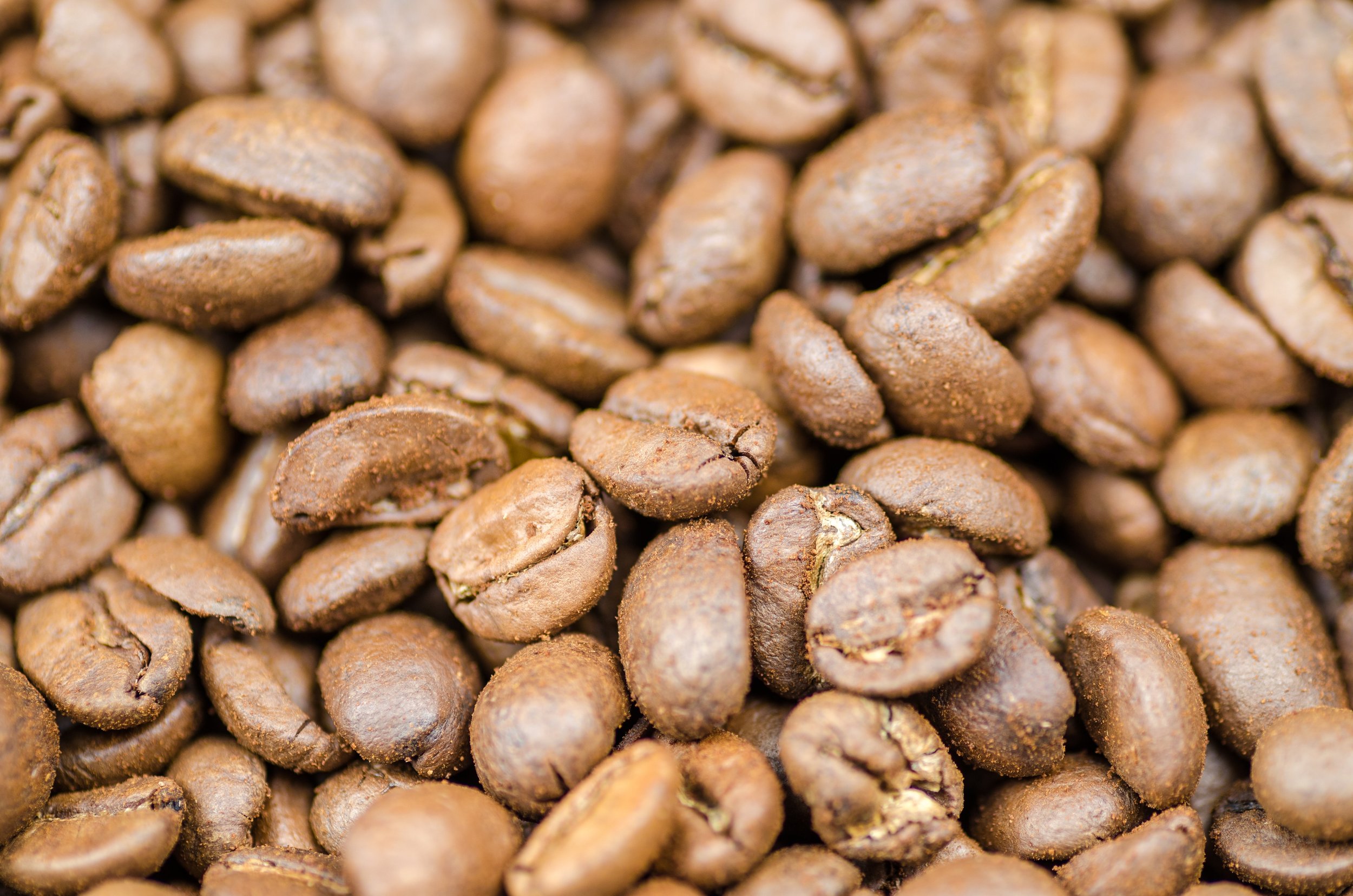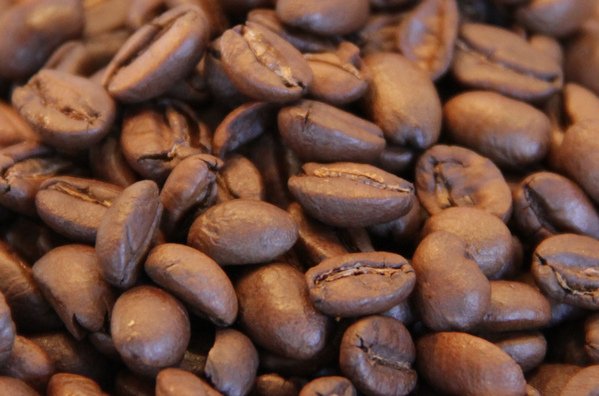Roast Profiles
Our coffees come in different roast levels or profiles, offering you a world of delicious flavor variations. While we use terms like “light,” “medium” and “dark roasts” we actually have different roast profiles for each type of mean. So a “medium” in one type of coffee bean—say the Guatemala Antigua (yum!)—might be roasted to a 410F temperature at 10 minutes 35 seconds while the Brazil “medium” might be a 425F temperature at 11 minutes 20 seconds. We develop each profile depending on the bean characteristics and the balance of roast and origin flavors we’re shooting for.
Roast Flavor and Origin Flavor
Coffee roasting marries these two flavor categories. A “roast” flavor becomes more prominent the more you roast the bean as the sugars caramelize and coffee oils emerge. Roast flavors range from graham cracker, warm toast, marshmallow to carbon, burnt sugar, bitter coffee and burnt bread. The more your roast the more these flavors come into the foreground. Generally, strong roast flavors work for those who like to add spices, cream or sugars into their coffee.
Origin flavors—the complex, subtle and nuanced aromas and tastes of the bean itself—emerge from roasting, but become overpowered as the beans roast longer and darker. The types of origin flavors include fruits, sugars, chocolates, nuts grains, acids and all kinds of flavors and aromas nurtured within the bean itself from its environment and processing method. Our coffee flavor chain explains the different flavor factors in more detail.
One misnomer we always hear that always makes us cringe is that darker roasts are for espressos while lighter roasts are for other coffees. It is true some geographies and culture like darker roasts for their coffees (think France and Italy), but we think every roast profile can work with an espresso or other extraction method. Keep in mind that high pressure brewing like espresso tends to “amplify” the flavors, so some origin characteristics, like a subtle wine or delicate white grape, might be better savored as a pour over or drip. But then again you can have a Shiraz or Cabernet punch you in the mouth with bold flavor too! It all depends on what you like and we encourage you to experiment without fear!
we Roast You Boast.
Light Roasts
We love our light roasts for beans with bold origin characteristics—Ethiopians and Papua New Guinea, for example. The lighter roast brings out chocolates, brown sugars, earthiness, tropical fruits, and wonderful floral, and citrus aromas, transporting right to the mountains of Guji or the rain forests of Simbai. Light roasts are sometimes called “city” roasts or “American” roasts. Don’t get too hung up on the nomenclature, just smell the aroma and taste for yourself.
Medium Roasts
Medium roasts are all about balance—the perfect harmony of origin characteristics and roast flavor. They work best with origins that already have a balanced profile, like Hawaiian and Guatemalan coffees. We also think we’ve also found the right Brazilian coffee that can hold its own at a medium roast! Medium roasts are sometimes called “full city” or “fully city+” roasts. There’s are a range of roast levels here we’ve developed. Try them for yourself!
Dark Roasts
Dark roasts take the roast flavors into the foreground, where caramelized sugars and oils dominant the flavor of the coffee. Many commercial roasters prefer dark roasts because the roast flavors produce consists flavors season to season given the origins profile is in the background, which can vary year to year. We offer dark roasts for beans that can handle the roast without entirely losing its unique origin profile, like our Brazil. Try our dark roasts both as a drip and an espresso and taste for yourself!




